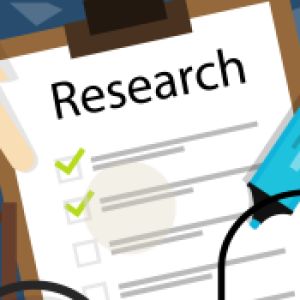In-vitro Toxicology Testing Market Growing At CAGR Of 9.2% From 2020 To 2027Posted by Neha Bora on March 20th, 2020
The Report In-vitro Toxicology Testing Market Size, Share & Trends Analysis Report By Technology (Cell Culture, High Throughput), By Method, By Application, By End Use, By Region, And Segment Forecasts, 2020 – 2027 The global in-vitro toxicology testing market size is anticipated to reach USD 30.9 billion by 2027 and is projected to register a CAGR of 9.2% over the forecast period, according to a new report by Grand View Research, Inc. The new paradigm shift in toxicity testing of animal models toward computational methods such as silico models to interpret toxicity pathway data, drives the demand for in-vitro toxicology testing. These methods provide cost and time efficiency and enhance safety assessment. Several governments are taking measures to minimize animal-based test models, forming conducive government policies, and providing funds to support in-vitro models. These factors are expected to create ample growth opportunities for the market. For instance, in November 2019, the U.S. National Institute for Environmental Health Sciences planned to provide funds to small companies for the development of engineered 3D culture or organotypic culture models (OCM) in-vitro systems. With advancements in high throughput screening, biological screening, and chemical synthesis, the number of publicly available databases containing data related to toxicity; absorption, distribution, metabolism, and excretion (ADME); pharmacovigilance; and drug screening has expanded rapidly. This has enabled scientists to access vast information for toxicity profiling, thereby spurring revenue generation in this market. Further key findings from the report suggest:
Access Research Report of In-vitro Toxicology Testing Market @ https://www.grandviewresearch.com/industry-analysis/in-vitro-toxicology-testing-market
Like it? Share it!More by this author |



